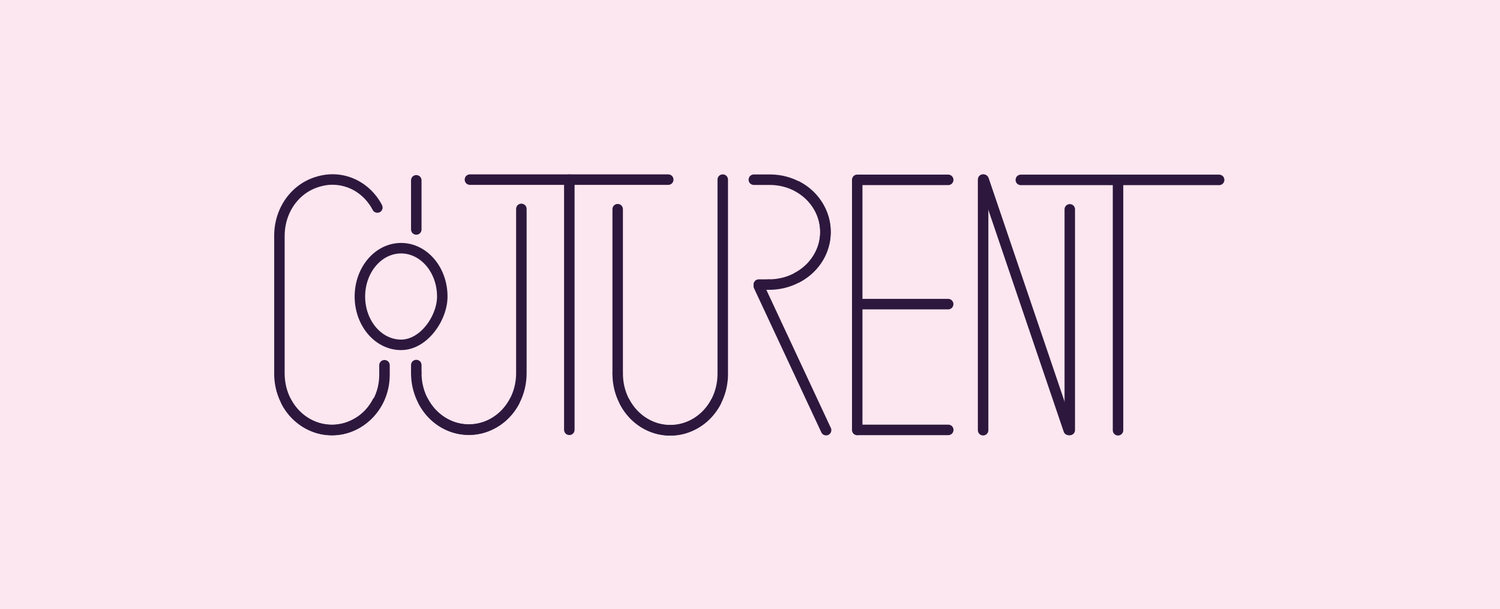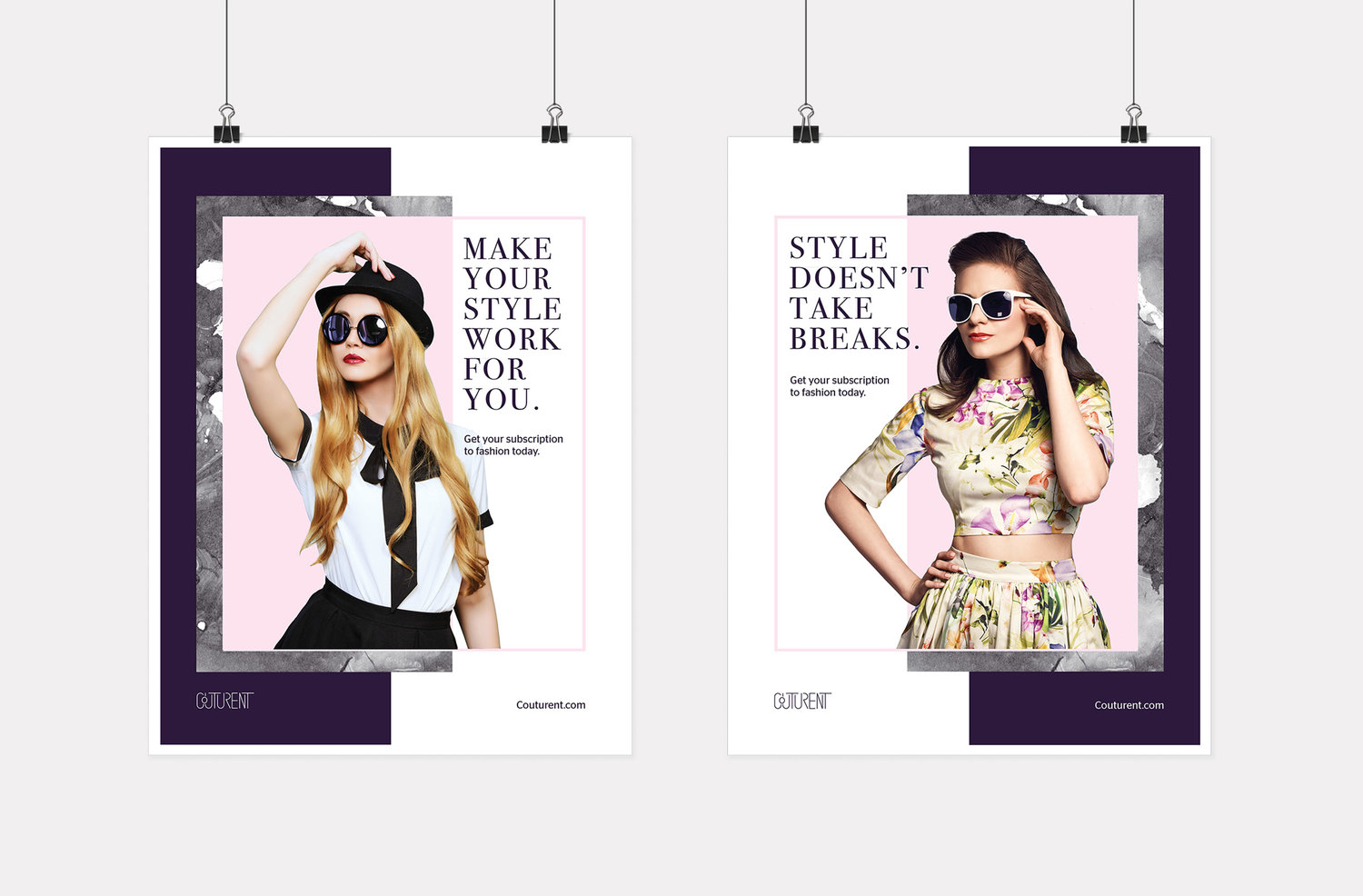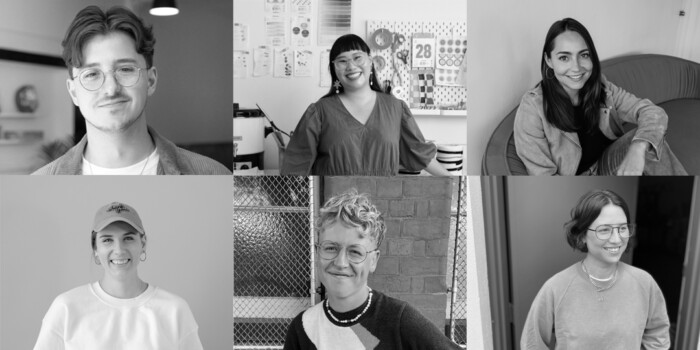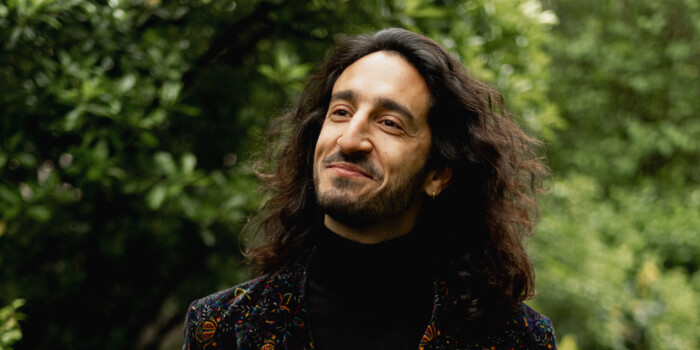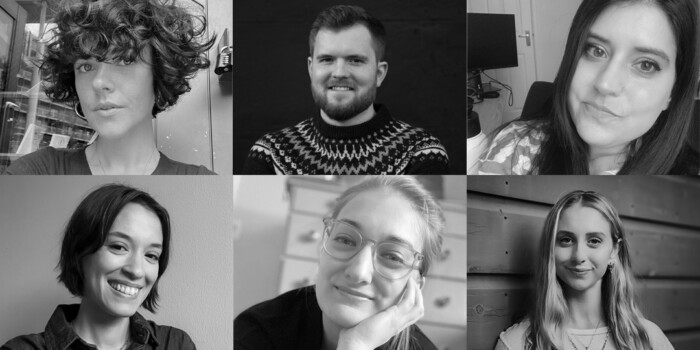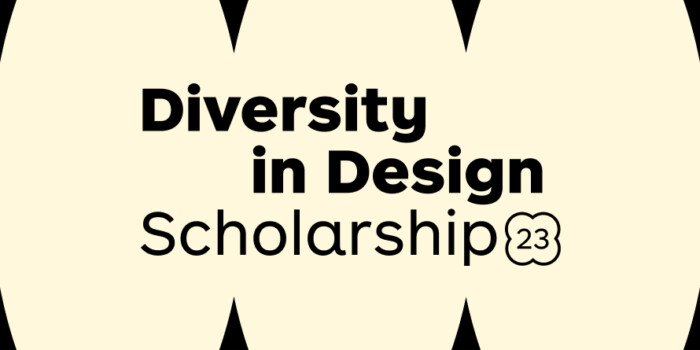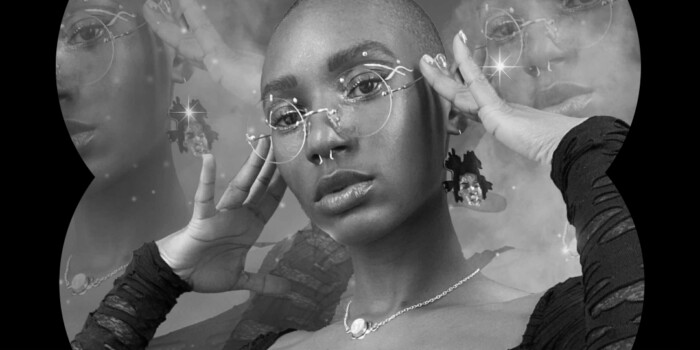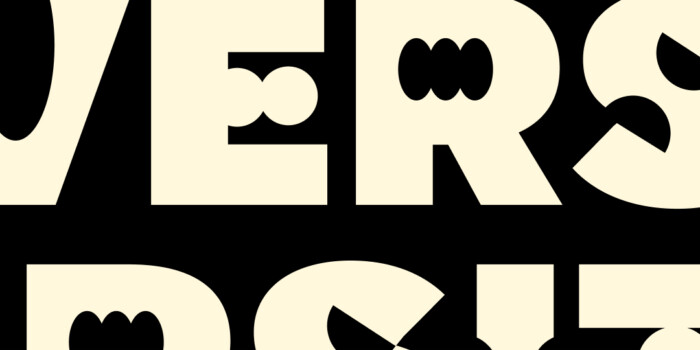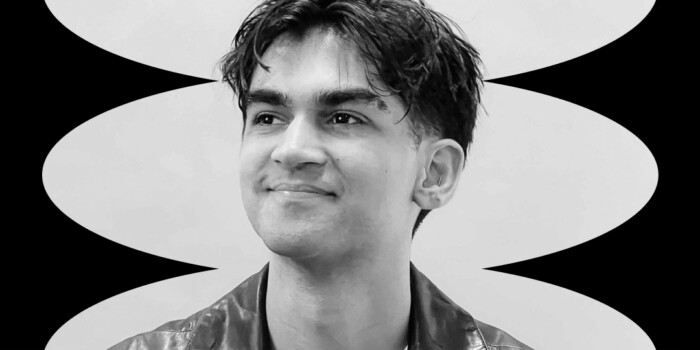Marni Wasserman, Shillington New York Graduate
Marni Wasserman graduated from a four-year university with no idea what she wanted to do. Since she’d always been interested in design—she decided studying design formally would help make her a better creative across all mediums. When she researched her options, there “wasn’t much competition”—Shillington was an easy choice. Read on to hear Marni’s story!
What were you doing before Shillington?
I graduated from New York University in early 2016 with an individualized major and no idea what kind of career to pursue. I spent the rest of the year doing some work in the fitness industry and marketing before enrolling in Shillington for January 2017.
I’ve always been interested in design and spent a lot of time doodling, collaging and playing around in Microsoft Paint while growing up. It just seemed like a hobby for a long time. Then I completed a minor in web development at NYU and realized that coding was only half the battle—in order to make good websites, you also needed to have good design skills. I thought that studying design formally would help me be a better creative across all mediums and give me the chance to see if it was something I wanted to do as a career.
Why did you choose Shillington?
I considered a few different programs before finally deciding on Shillington. Truthfully, there wasn’t much competition—everything from the Info Session to the student portfolios set Shillington apart. It seemed like the best choice if I wanted to be an employable designer after graduation.
What was it like studying design in New York City?
As someone who’d already been living in NYC for a few years before enrolling at Shillington, studying design here changed my entire perspective of the city.
I started paying attention to subway ads, restaurant signs, movie posters, graffiti—literally anything with composition to see what worked and what didn’t. What could I take away from these things to improve my own design? There’s also so many opportunities for designers to connect with each other in NYC. If I ever needed inspiration for a brief, all I had to do was go for a walk or see what design events were happening that weekend.
Tell us more about one of your portfolio pieces. Walk us through the process and approach!
The branding project I did for Couturent all started as a logo during week four. The brief was to create an identity for a fashion rental start-up aimed at urban, working females ages 22-30. This was an ambitious, stylish demographic, but also one that probably couldn’t afford to fill their closets with designer clothing quite yet. With this in mind, I wanted to find a middle ground between classic designer branding and something a little more youthful and accessible.
The idea for the logo came from brainstorming fashion words — I ended up with things like “layers,” “draped” and “messy closet.” So I decided to try sketching out a logo as though all the letters were jammed in a crowded closet, draped and layered over one another. It took some experimenting, but the end product was just the right blend of playful and classic to set up the rest of the branding.
While creating mood boards for the rollout, I noticed a few common themes in high-end fashion branding: serif fonts, photography, boxes, layers and and relatively neutral but high contrast color palettes. The marble pattern I used was actually originally created for another brief, but when that didn’t work out I thought it’d be an interesting way to break up the solid blocks of color for Couturent. I continued with the theme of layering that I’d used in the logo and stacked different color boxes on top of one another, but always with plenty of white space to keep the overall feel clean and luxurious.
Once I had established the fashion element, I used the models and tone of voice to weave in the youthfulness and accessibility. The models are relatable to the target demographic — they aren’t quite as polished as you might see in Vogue, but they’ve still got a whole lot of style and attitude behind those sunglasses. Similarly, the tone of voice is punchy and confident. Ultimately I wanted the brand experience to empower women to be the boss of their own wardrobe, just as they aspire to be the boss in their own lives and careers.
If you could give one piece of advice to someone starting at Shillington, what would it be?
Spend more time on your work early on. You’ll thank yourself later! Briefs come and go so quickly during the course, but the more effort you put into them when they’re assigned, the easier it’ll be when portfolio times comes around. You’ll also have more work to choose from to make the best portfolio possible.
Employers look for a quality portfolio above all else.
Anything else you’d like to share?
I’m so glad I had the opportunity to study at Shillington. It was incredibly challenging at times, but the skills I learned and the people I met were absolutely worth it. And even though I didn’t end up pursuing a full-time design career after graduation, I still use a lot of the design principles and Adobe programs on a regular basis!
Huge thanks to Marni for sharing her story! Learn more about studying design 3 months full-time or 9 months part-time at Shillington in New York, London, Manchester, Sydney, Melbourne or Brisbane –> shillingtoneducation.com
Want to win some amazing prizes and stay in the loop with all things Shillington? Sign up to our newsletter to automatically go in the draw.

